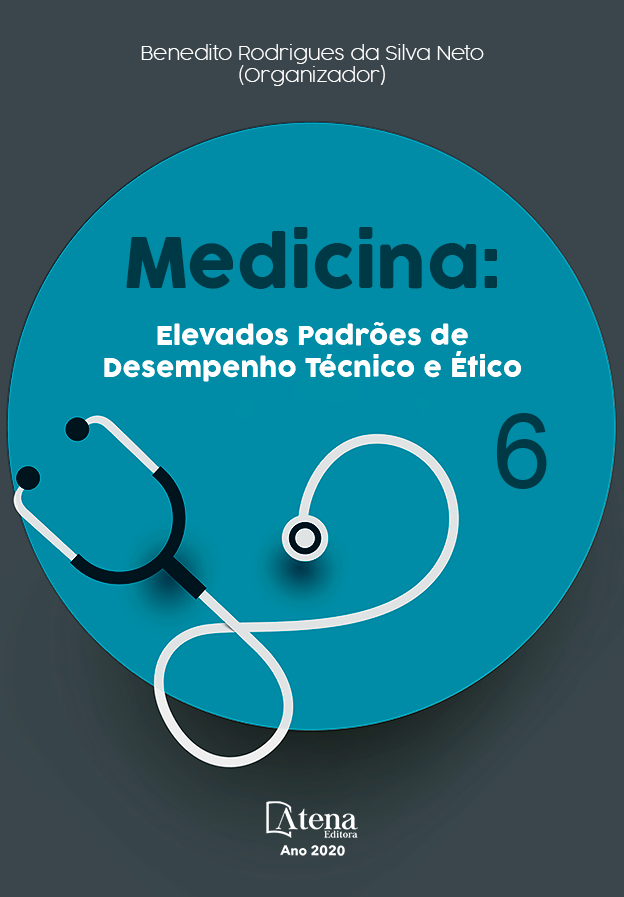
ALTERAÇÃO HISTOPATOLÓGICA DE ALGUNS COMPONENTES OCULARES EM PACIENTES COM GLAUCOMA
Os olhos são órgãos fotossensíveis complexos apresentando
basicamente uma câmera escura, uma camada de células receptoras
sensoriais, um sistema de lentes para focalizar a imagem e um sistema de
células para iniciar o processamento dos estímulos e enviá-los ao córtex
cerebral. Possui três compartimentos: a câmara anterior, situada entre a íris e a
córnea; a câmara posterior, entre a íris e o cristalino; e o espaço vítreo, situado
atrás do cristalino e circundado pela retina. Na câmara anterior e na posterior
existe um líquido que contém proteínas: o humor aquoso (JUNQUEIRA, 2013).
O humor aquoso é produzido pelos processos ciliares que margeia o cristalino
na câmara posterior do olho. O líquido passa da câmara posterior para a
anterior através da abertura virtual de valvulada entre a íris e o cristalino
(PAWLINA, 2016). Em seguida, penetra nos espaços labirínticos e alcança um
único canal irregular chamado ducto de Schlemm. Este, por sua vez, comunica-
se com pequenas veias da esclera, para as quais o humor aquoso é drenado
(OVALLE, 2014). Quando ocorre secreção excessiva de humor aquoso ou
obstrução do ducto de Schelemm impedindo seu fluxo pode causar glaucoma.
O glaucoma é uma condição clínica resultante do aumento da pressão
intraocular que resulta em déficits visuais. Existem dois tipos principais de
glaucoma, o de ângulo aberto e o de ângulo fechado (PAWLINA, 2016). As
primeiras alterações na visão é a perda gradativa do campo visual, inicialmente
a visão central é preservada, possibilitando ao paciente ver coisas que estão
na sua frente, mas se não tratada corretamente, o quadro evolui e o paciente
tem seu campo de visão cada vez mais comprometido. Em sua forma mais
comum, é uma doença imperceptível no início, e seu portador só percebe
alguma alteração nos estágios avançados (BARBOSA, 2019). Diante do
exposto observa a necessidade de distinguir as alterações histopatológicas
oculares o mais precoce possível para evitar os danos permanentes causados
por esta patologia.
ALTERAÇÃO HISTOPATOLÓGICA DE ALGUNS COMPONENTES OCULARES EM PACIENTES COM GLAUCOMA
-
DOI: 10.22533/at.ed.6932009112
-
Palavras-chave: Diagnóstico, Histopatologia, Pressão Intraocular.
-
Keywords: To analyze histopathological changes of ocular components in glaucoma patients.
-
Abstract:
The eyes are complex photosensitive organs basically featuring a
darkroom, a layer of sensory receptor cells, a lens system for focusing the
image, and a cell system for initiating the processing of stimuli and sending
them to the cerebral cortex. It has three compartments: the anterior chamber,
located between the iris and the cornea; the posterior chamber, between the iris
and the lens; and the vitreous space, situated behind the lens and surrounded
by the retina. In the anterior and posterior chamber there is a fluid that contains
proteins: aqueous humor (JUNQUEIRA, 2013). Aqueous humor is produced by
the ciliary processes that surround the lens in the posterior chamber of the eye.
The liquid passes from the posterior chamber to the anterior chamber through
the virtual valve opening between the iris and the lens (PAWLINA, 2016). It then
penetrates the labyrinthine spaces and reaches a single irregular channel called
Schlemm's duct. This, in turn, communicates with small scleral veins to which
aqueous humor is drained (Oval, 2014). When excessive secretion of aqueous
humor or obstruction of Schelemm's duct occurs, impeding its flow can cause
glaucoma. Glaucoma is a clinical condition resulting from increased intraocular
pressure that results in visual deficits. There are two main types of glaucoma,
open angle and closed angle (PAWLINA, 2016). The first changes in vision is
the gradual loss of the visual field, initially the central vision is preserved,
allowing the patient to see things that are in front of him, but if not treated
correctly, the picture evolves and the patient has his field of vision each time.
more committed. In its most common form, it is an imperceptible disease at first,
and its bearer only notices any change in the advanced stages (BARBOSA,
2019). Given the above, it is necessary to distinguish eye histopathological
changes as early as possible to avoid permanent damage caused by this
pathology.
-
Número de páginas: 4
- Letícia Britto Gama de Lima
- Marylânia Bezerra Barros
- Tamires Feliciano Torres
- Sabrina Gomes de Oliveira (Orientador)
- ILIANA PINTO TORRES


